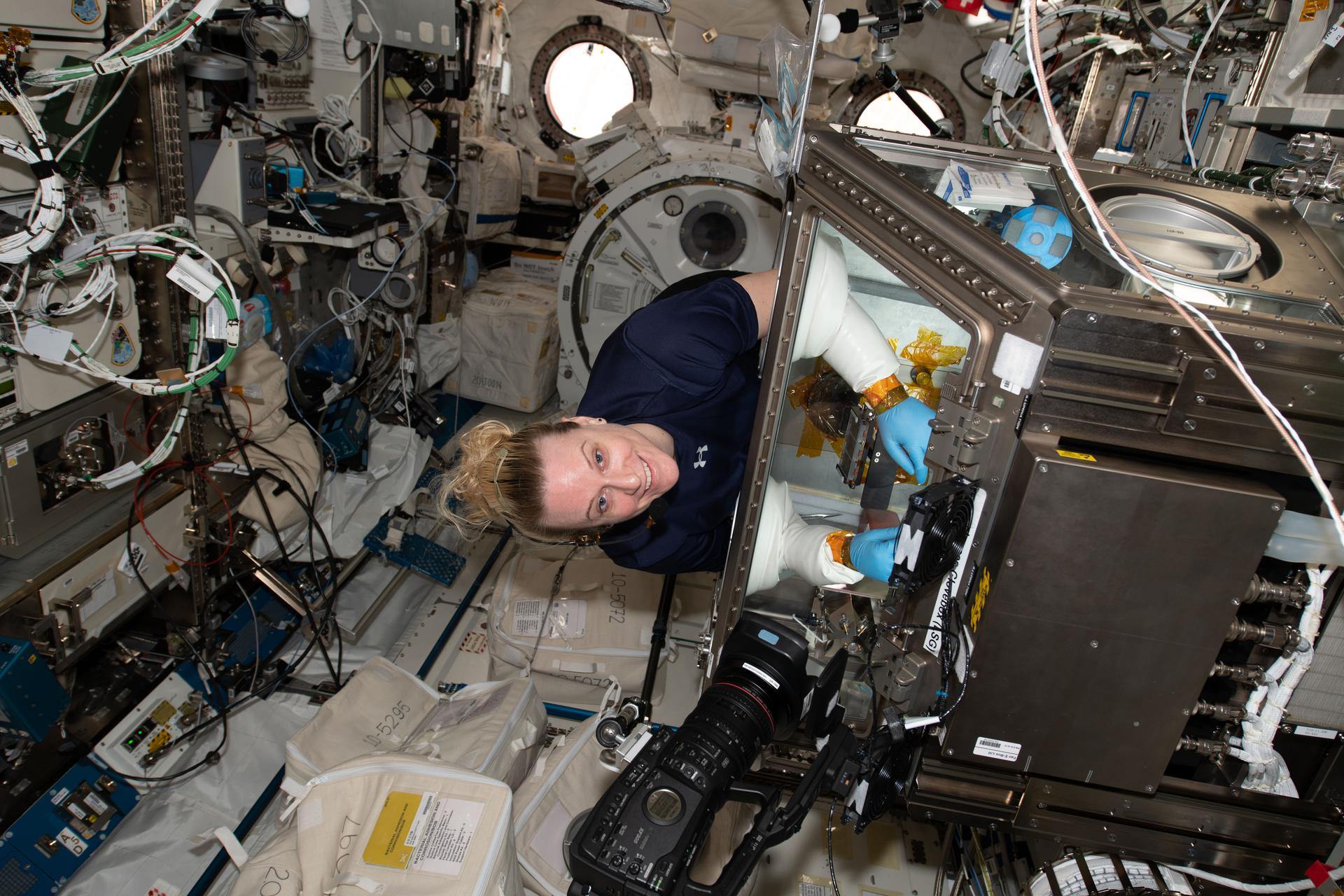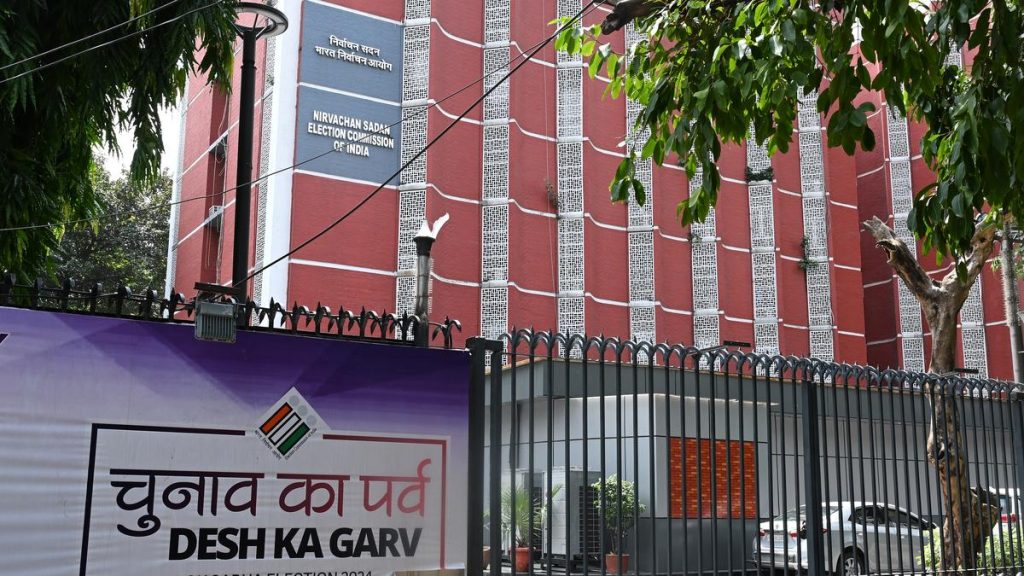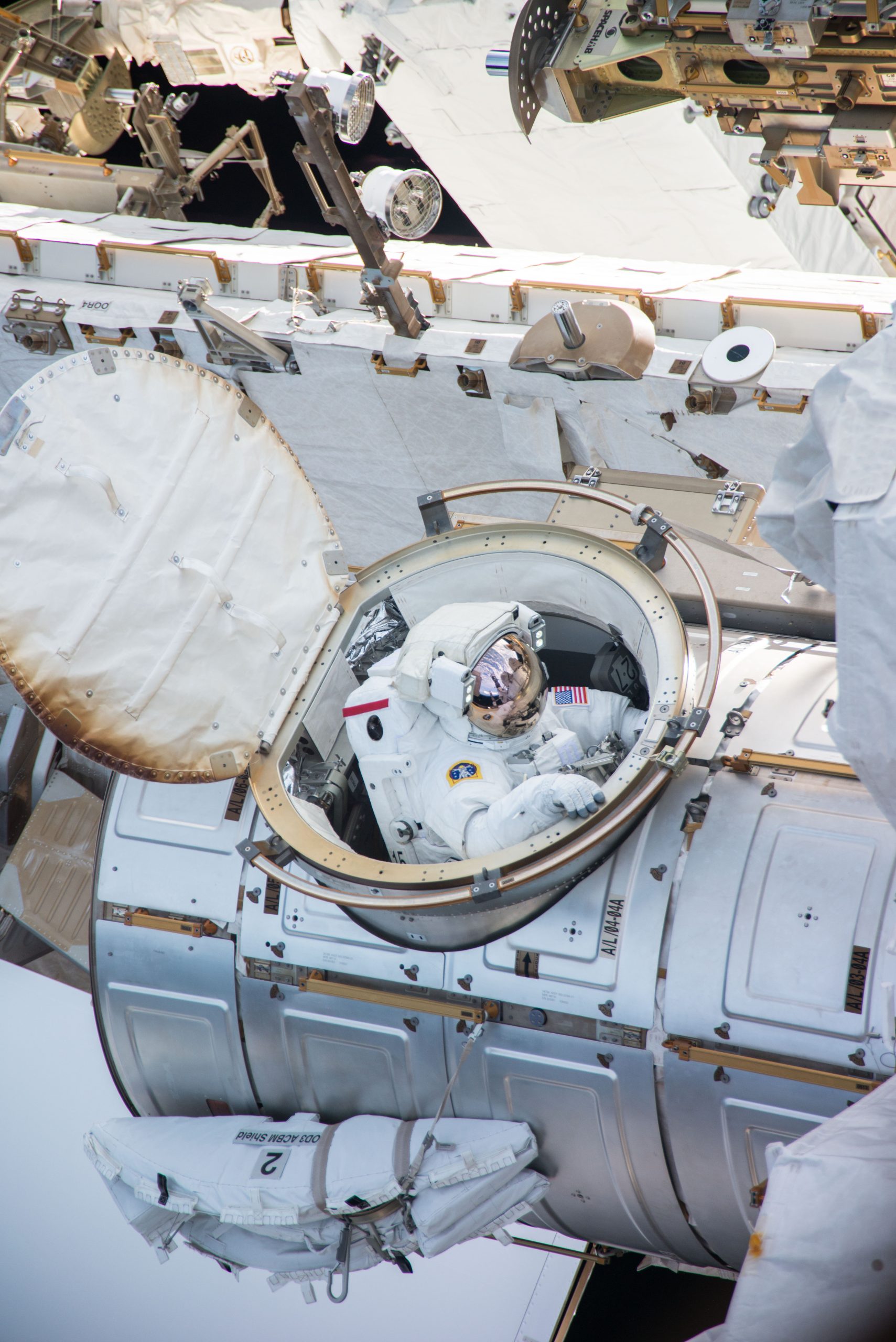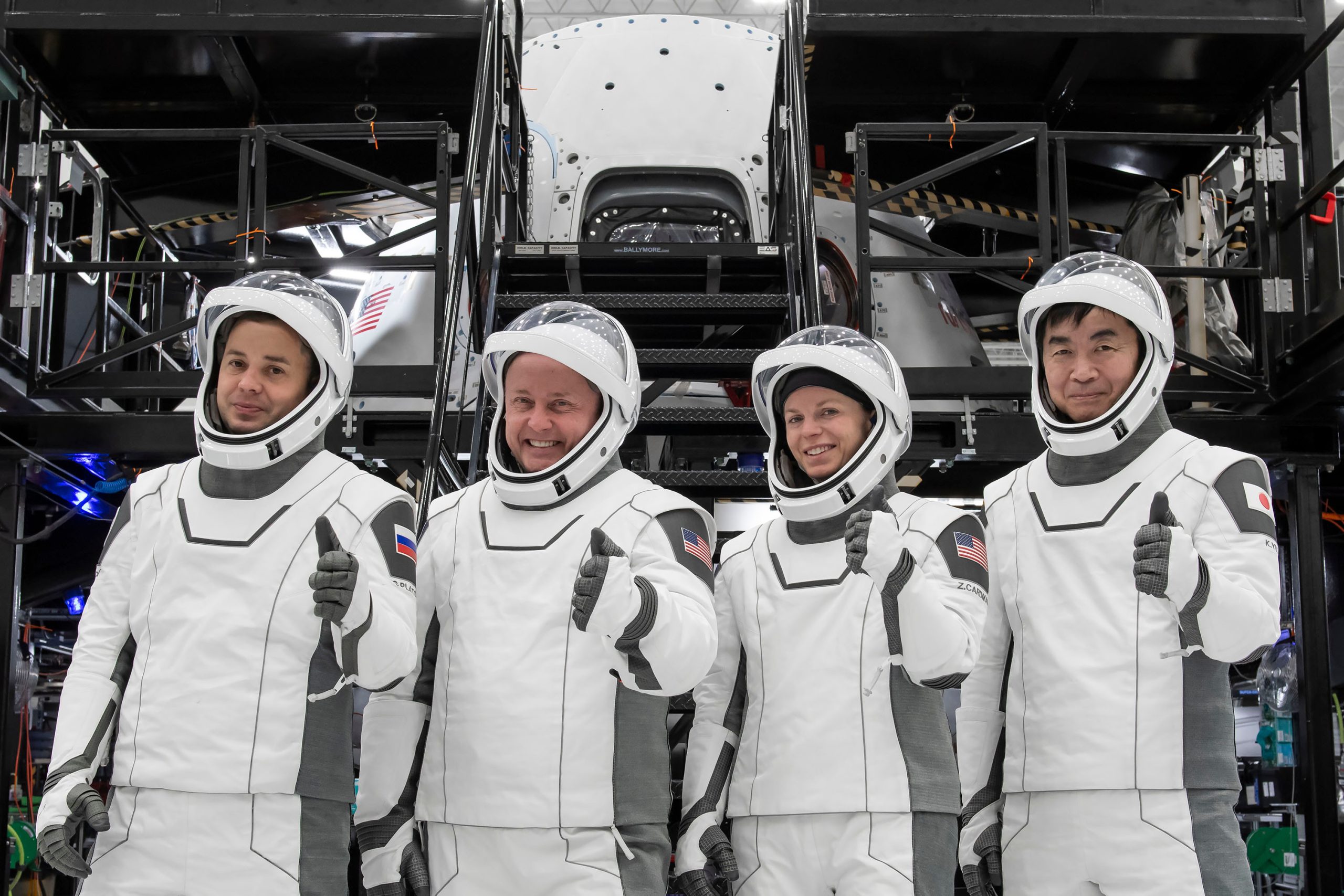Now Reading: Space Station Nears 25th Anniversary with Milestone Research
-
01
Space Station Nears 25th Anniversary with Milestone Research
Space Station Nears 25th Anniversary with Milestone Research

Rapid Summary
- the International Space Station (ISS) celebrates 25 years of continuous human presence in November, serving as a base for advancements in space exploration and research.
- Silver-themed investigations aboard the ISS have provided breakthroughs in science and technology:
– Microbial Mitigation: Silver-based disinfectants were tested to limit biofilm formation that can pose health risks to astronauts and damage equipment.
– Nanoparticles Production: Research explored creating silver nanoparticles in space, which showed potential improvements in antimicrobial effectiveness due to their stability and uniformity.
– Smart Garments for Astronauts: Lightweight wearable vests with silver-coated sensors collected data on heart rates,breathing patterns,and sleep quality without compromising comfort.
– Crystal Growth Studies: Microgravity enabled researchers to grow larger,more uniform silver nitrate crystals for nanotechnology applications like nanoscale electronics.
Indian Opinion Analysis
The ISS’s groundbreaking research demonstrates how microgravity environments enable scientific advances that are impossible under earth’s conditions. India’s space sector could benefit greatly from studying these experiments as it prepares its Gaganyaan mission and potential long-term orbital infrastructure projects like a proposed india-specific space station.
The focus on antimicrobial technologies has particular relevance for India’s healthcare sector where infection control remains a significant challenge both terrestrially and eventually aboard future Indian spacecraft or lunar bases. Meanwhile, the experimentation with wearable sensors aligns with India’s growing interest in smart technologies.
The insights gained here underline the value of international collaboration; cross-national partnerships could accelerate access to such pioneering processes-for exmaple, leveraging international science aboard mission collaborations like LEO satellites or upcoming lunar endeavors.
India should continue developing capabilities that intersect foundational sciences with practical applications from extraterrestrial environments-a strategy critical not only for competitive positioning but also broader innovations benefiting Earth-bound industries such as electronics manufacturing or pharmaceuticals.
























